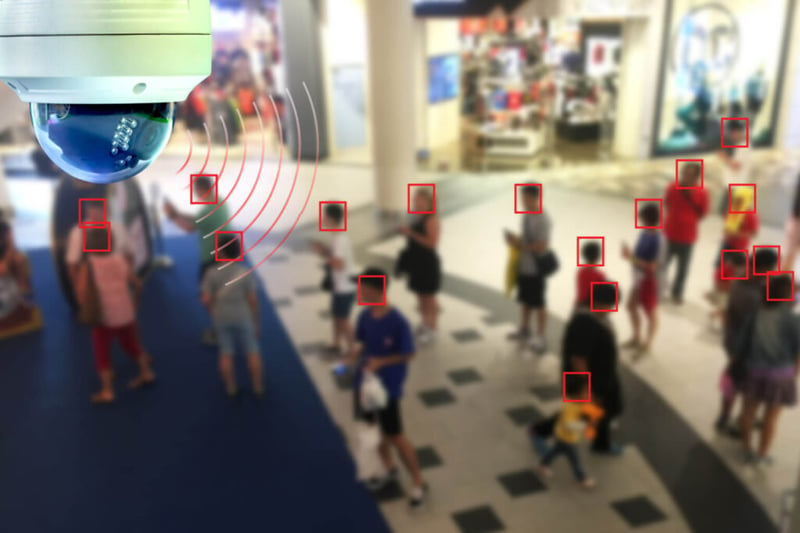How Computer Vision Sits at the Core of Omnidata Intelligence

The acquisition of CrowdVision is fundamental to Beonic’s omnidata intelligence methodology. Put simply, omnidata intelligence incorporates all the elements that are necessary to deliver a successful data solution. Analysing data to gain a better understanding of something is usually not as straightforward as data source X is used to understand Y.
Omnidata intelligence adopts a broader view, and considers these questions: What is the right combination of data sources required to solve a given problem? Who are the right stakeholders to define that problem, design a solution, and assess the result? And, what technologies and methods of analysis are required to deliver a successful result?
The scientific field of computer vision is one area where an omnidata intelligence approach is well suited. CrowdVision has a wealth of experience and capabilities within this field, which makes CrowdVision a perfect complement to Skyfii and our omnidata intelligence methodology.
So, what exactly is computer vision and how does it complement Beonic's existing products and services? Let’s start with the concept of computer vision. Computer vision is essentially a term that describes the way in which computers apply methods of Artificial Intelligence (AI) to interpret image content. The image content could include video stream data from a CCTV camera or 3D image data points captured via a LiDAR optical sensor.
A variety of options is crucial when choosing the best technology or set of technologies to utilise for a specific data analysis use case. The CrowdVision solution utilises multiple computer vision technologies to enable a best-fit solution for customers. This is an extremely important point when you consider that choosing the right tool for the job is often the defining factor in a project’s successful outcome.
Let’s now explore two prominent computer vision technologies that are supported by the CrowdVision solution.

Video
Video data from camera technology such as 2D, 3D, and CCTV can allow venue operators to understand the behaviour and movement of objects within a space. In order to do this, AI is applied to the video data to classify the objects (e.g. person, car, bike) observed within the camera’s field of view. Then, the behaviour of these objects is measured to understand dwell, path, direction, flow, count, etc.
This classification and behavioural measurement enables a number of valuable use cases including staff tracking, queue management, incident management, demographic detection, occupancy management, social distance monitoring, car park automation, and smart access control.
LiDAR
Light Detection and Ranging (LiDAR) devices transmit laser signals and then interpret the reflection time as those signals bounce off objects within a 3D space. The process of measuring the reflection times maps the position and movement of the objects. Just like cameras, LiDAR sensors are usually attached to the ceiling or walls of a building to ensure the best field of view. And, just like cameras, LiDAR sensors classify and measure the behaviour of objects within their field of view.
LiDAR therefore enables similar use cases to video. Where the two technologies differ is usually concerning the identification or categorisation of an object. For example, object classification ‘vehicle’ may have categories ‘uber,’ ‘lyft,’ and ‘public.’ Video based computer vision could detect the presence of a particular logo on a vehicle’s window to categorize it, whereas LiDAR based computer vision would likely utilise the behaviour of a vehicle in order to categorize it.
How to choose the best computer vision technology for your venue
These variances to the technologies are actually how each possess their own unique advantages. For example, in environments where increased privacy or data sensitivity is important, then LiDAR’s inability to identify an individual may be a more suitable solution. Video, on the other hand, may be better suited to use cases requiring the identification of an object, like identifying the number plate of a vehicle.
Computer vision provides a way for physical environments to automate processes that are too slow, complex, or costly to perform manually. The ability to choose the most appropriate computer vision technology for a particular environment is core to a successful outcome, and therefore core to the omnidata intelligence methodology. If you’d like assistance choosing the best technology solution for your venue, we are here to help.
